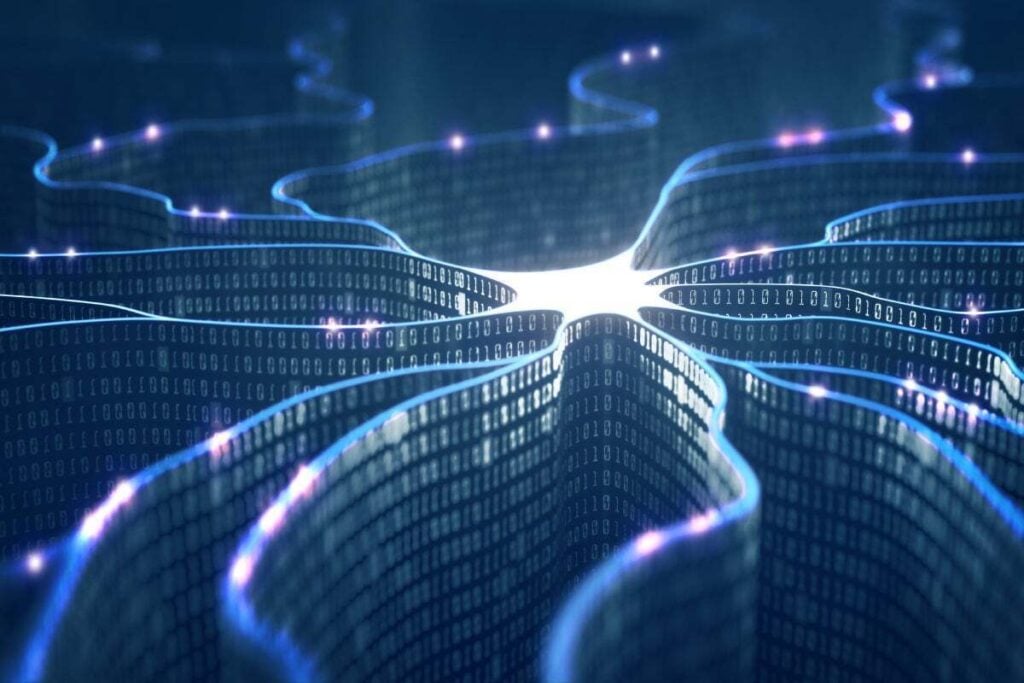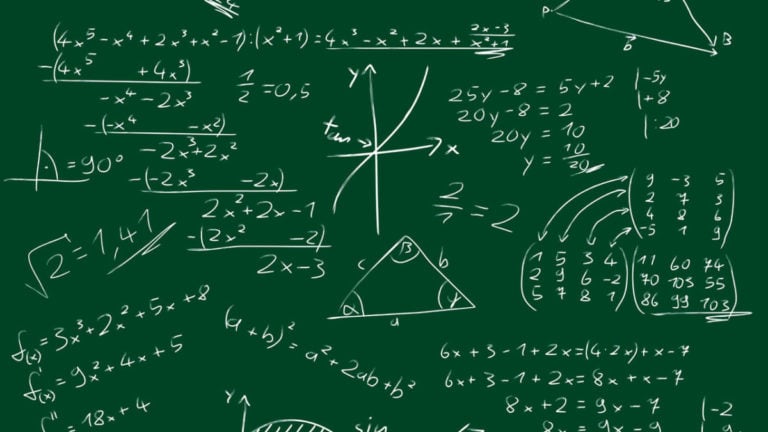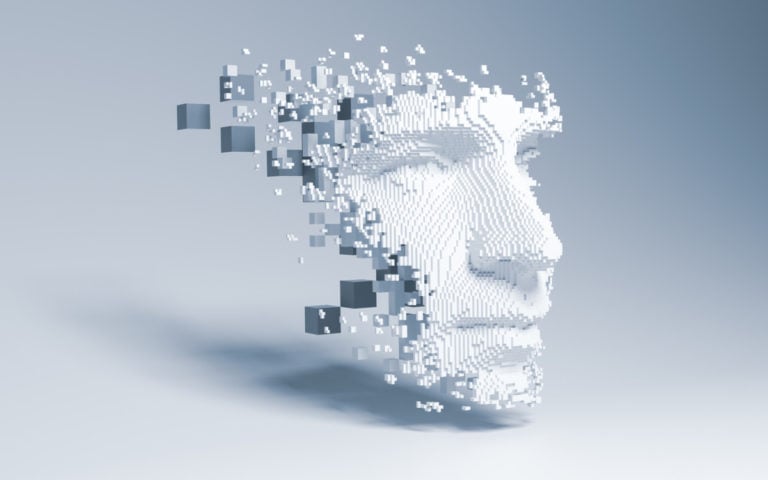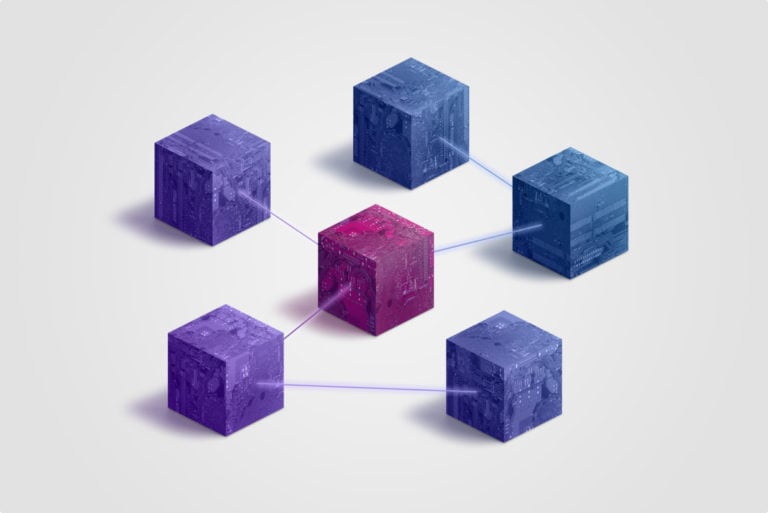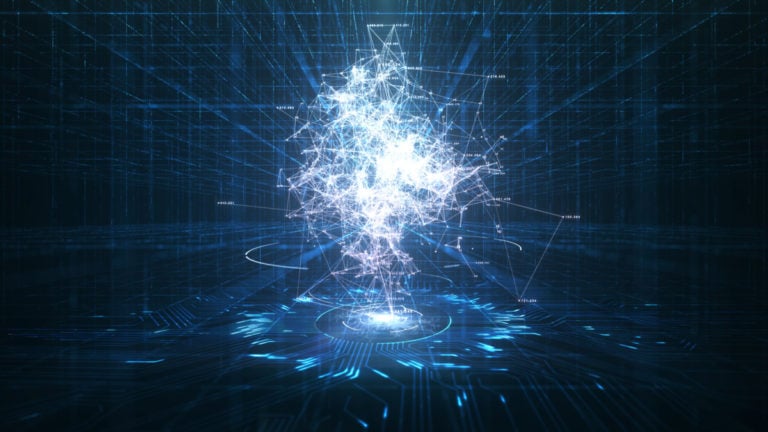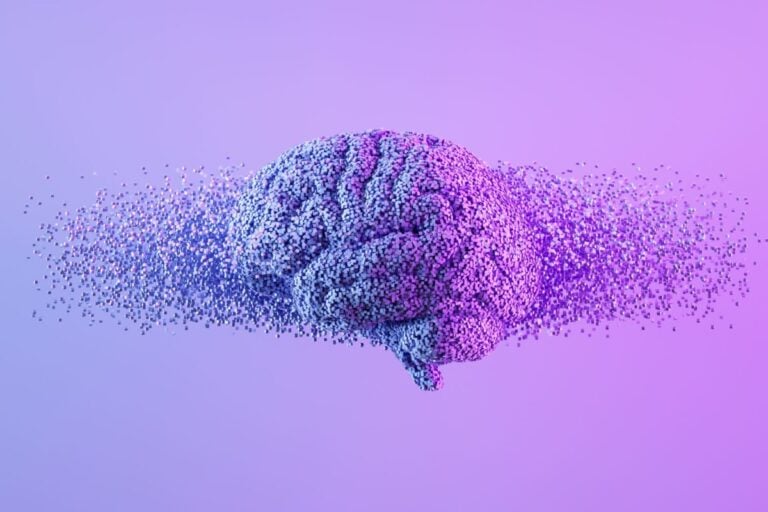In the field of computer vision, neural networks are used to recognize and classify images, detect objects, segment and enhance images. And in the field of natural language processing, they help recognize speech, do machine translation, generate text and analyze intonation.
And also neural networks are used in financial analytics, medical diagnostics, autonomous transport systems and many other areas. They help in streamlining processes, improving forecasting, analyzing large amounts of data, and automating tasks.
With the use of neural networks, we are seeing very effective breakthroughs in the development of artificial intelligence that improve our lives and provide new opportunities. However, along with this, new ethical and social issues related to the use and influence of neural networks appear – they need to be taken into account and addressed in the development of this technology.
Classification of neural networks
Now there are already a huge variety of types of neural networks. And each type is designed to solve specific problems and has its own unique architecture. The most common of them are these:
Forward propagation neural networks
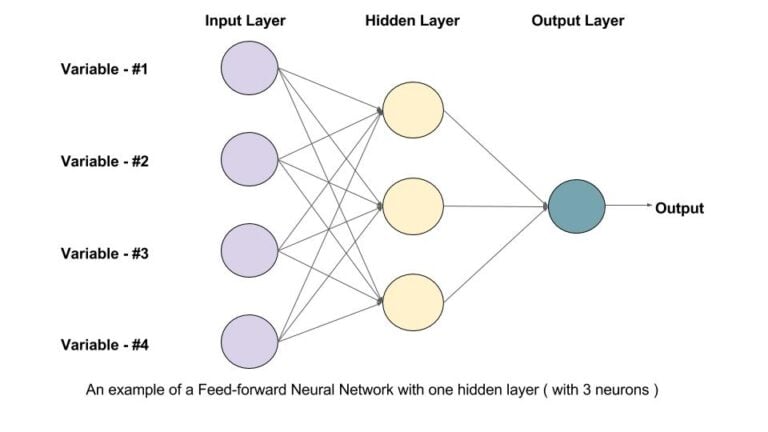
Usage examples in practice
Pattern recognition. These neural networks are widely used in tasks such as face, object or character recognition. They are taught to extract special features from images and make decisions based on this data.
Classification and regression. Feed-forward neural networks can recognize data based on input features, such as marking emails as spam or predicting real estate market prices.
Natural human language processing. Feedforward neural networks are used for natural language processing tasks, such as machine translation, speech intonation analysis, or text generation. They are able to process textual data and even make decisions based on the content of the text.
The financial analysis. They can also be used to predict financial markets, analyze time series, or identify trends and patterns in financial data.
Recurrent Neural Networks (RNN)
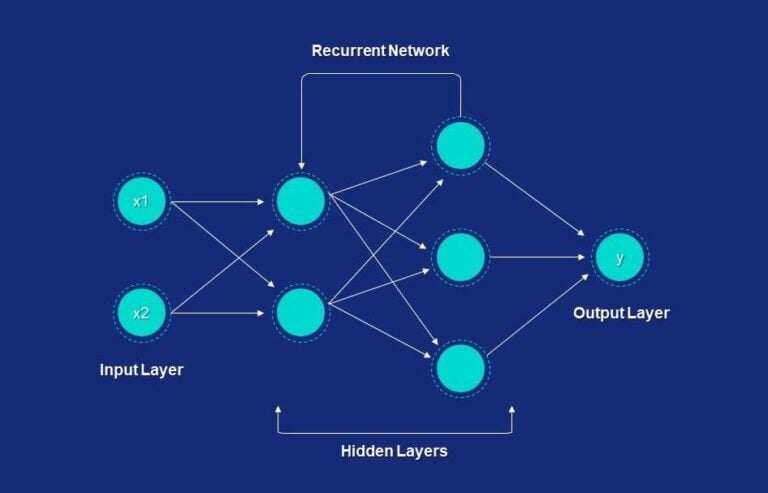
Types of Recurrent Neural Networks
Simple RNNs. They have a simple architecture that allows them to transfer information from previous time steps to the current one. This is the case, for example, for models for time series prediction and sequence processing.
LSTM (Long Short-Term Memory). Such neural networks were specially created in order to work more efficiently with long-term dependencies in data sequences. They are widely used in areas such as machine translation, text generation, and natural language analysis.
GRU (Gated Recurrent Unit). This type of RNN was developed to model dependencies in serial data. They are a simpler version of the LSTM with lighter computational requirements.
BiLSTM (Bidirectional LSTM). This network combines two LSTM networks operating in the forward and reverse directions. In this way, context and dependencies from both past and future times can be taken into account. This helps in solving problems where it is necessary to take into account the context from both directions, for example, in machine translation problems.
There are also many other modifications of them, depending on specific tasks and requirements.
Convolutional Neural Networks (CNN)
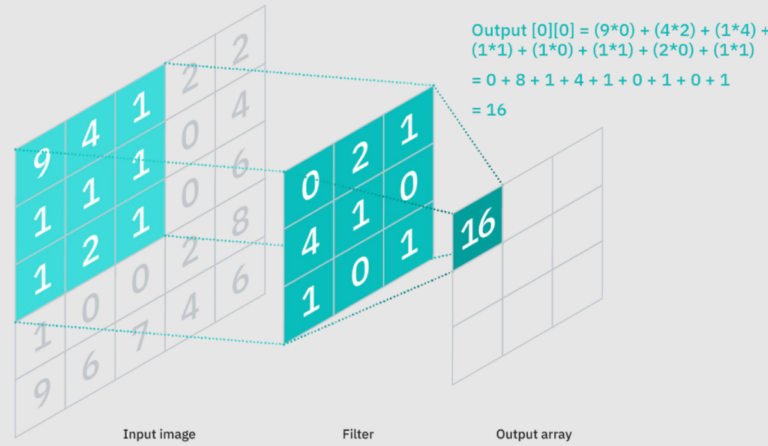
CNN examples
LeNet-5. One of the first successful convolutional neural networks designed for handwritten digit recognition. Used in image classification problems.
AlexNet. A large convolutional neural network that has greatly improved the accuracy of image classification. Widely used in the field of computer vision.
VGGNet. A neural network with a deep architecture consisting of multiple convolutional layers. It has high accuracy in image classification tasks.
GoogleLenet. A convolutional neural network with an Inception architecture that uses multi-filter modules for efficient image processing.
Resnet. A well-known convolutional neural network with a deep architecture that implements the concept of “residual connections” to solve the problem of gradient decay and facilitate the training of deep models.
mobile net. A lightweight convolutional neural network designed to run efficiently on mobile devices and with limited computing resources.
These are just some examples of convolutional neural networks, and there are many other architectures and variations depending on what problems they need to solve and what requirements they meet.
Self-Organizing Maps (SOM)

Application examples
Such neural networks are mainly used for data visualization and data clustering. Some examples of SOM usage include:
Data clustering. SOM can be used to cluster multidimensional data such as images, texts, or time series. They help to discover hidden patterns and groups in the data.
Data visualization. SOM can be used to project multidimensional data onto a 2D map while preserving its topological structure. This allows you to visually explore and analyze the data.
recommender systems. SOM can be used to create personalized recommendations where each user and item is represented on a map, and proximity vectors indicate similar users or items.
Text data analysis. SOM can be used for clustering and visualizing text data, for example, in sentiment analysis or text categorization.
Anomaly detection. SOM can be used to detect anomalies in data, allowing you to identify unusual or outlier patterns.
SOMs are a powerful tool for data analysis and visualization, and their application can be useful in various areas where processing and analysis of large amounts of data is required.
Deep neural networks (DNN)
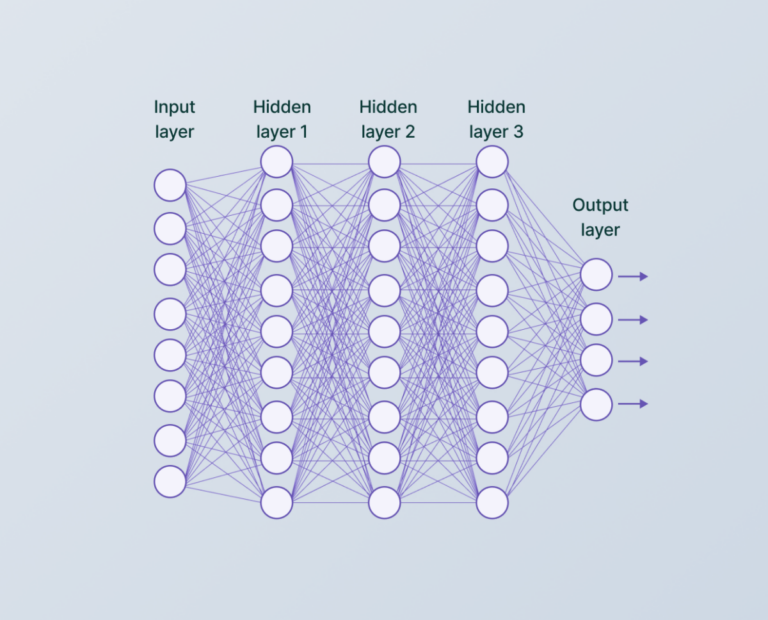
Examples
Convolutional Neural Networks (CNN). They belong to deep networks and are quite widely used for image processing and classification, including tasks such as object recognition, image segmentation, and face detection.
Recurrent Neural Networks (RNNs). Recurrent networks are also considered deep and are used to work with speech, texts, time series – all sorts of sequential data. They are widely used in machine translation, text generation, and natural language analysis.
Generative Adversarial Networks (GANs). GANs consist of two models, a generator and a discriminator, that compete with each other. They are used to generate new data such as images, music or text with a high level of realism.
Deep Reinforcement Learning Networks (DRL). DRL combines deep neural networks with reinforcement learning algorithms. They are used to train agents to make decisions in complex environments such as games or robotics.
Transformer Networks. Transformer Networks is an architecture for serial data processing, especially in machine translation and natural language processing. They use the attention mechanism to process long sequences efficiently.
Deep neural networks are a powerful tool for data processing and analysis in various fields and they have a wide range of applications.
Recurrent Convolutional Neural Networks (RCNN)
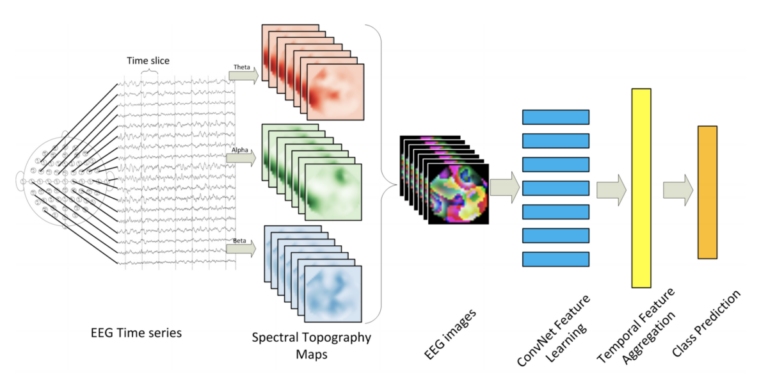
Types and examples
Recurrent Convolutional Neural Networks (RCNN) is a hybrid that combines the properties of both recurrent and convolutional neural networks. They are used in sequential data processing problems where both spatial structure and serial dependency are important.
RCNN application examples
Video processing. RCNN can analyze video streams by extracting spatial features using convolutional layers and modeling temporal dependence using recurrent layers. This is useful in the tasks of detecting and classifying objects in video.
Word processing. RCNN can be used for processing text data where it is important to consider both local phrases and contextual dependencies. It can be applied in text classification, sentiment analysis, or machine translation tasks.
Time series analysis. RCNN can be applied in time series analysis such as financial or sensor data. It allows you to take into account both the spatial structure of the data and the dependencies in time.
RCNNs are a powerful tool for processing and analyzing sequential data in a variety of areas where both spatial structure and sequential dependencies are important. Their application depends on the specific task and requirements.
These are just a few of the many types of neural networks that currently exist. Each of these types has its own characteristics and is used to solve certain problems in the field of machine learning and artificial intelligence.
The future of neural networks: forecasts and expectations
Of course, it is difficult to understand how the history of neural networks will develop in the future, but there are several trends that we are already seeing.
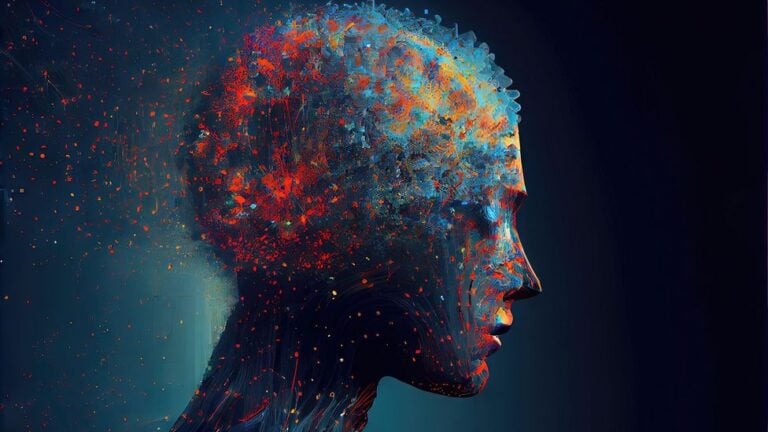
Performance improvements: Neural networks are expected to become more efficient and faster due to the development of hardware such as graphics processing units (GPUs) and specialized architectures for processing neural networks, as well as optimization of learning algorithms.
Expansion of scope: Neural networks will be used in an increasing number of fields of activity, including medicine, autonomous systems, robotics, finance, cybersecurity and others. They will be used to solve more complex problems and improve the efficiency and accuracy of the result.
Learning on raw data: One of the promising areas is the development of methods for training neural networks on raw data. This will allow the use of large amounts of unannotated data for training neuromodels and reduce dependence on labeled data.
Hybrid Models: Hybrid models will be developed and applied that combine different types of neural networks and machine learning methods to solve complex problems that require processing different types of data or contexts.
Ethical and social issues: With the development of neural networks, new ethical and social issues arise related to transparency, responsibility, data protection, privacy, and issues of fairness and bias in algorithms. Work will continue to address them and create an appropriate regulatory and ethical framework.
In general, it is expected that neural networks will continue to develop and be applied in an increasing number of areas, opening up new possibilities and causing changes in various areas of our lives. However, it is difficult to make accurate predictions about the future, as it depends on many factors and innovations that may appear over time.
Conclusions
And yet, with the development of neural networks, the issues of security, ethics and social responsibility are increasing more and more – and they require attention and solutions. In general, neural networks have great potential to organize intellectual work in various fields of human activity in a different way and rethink it in general. The future development of neural networks is an interesting topic for research, which causes a lot of discussion.
